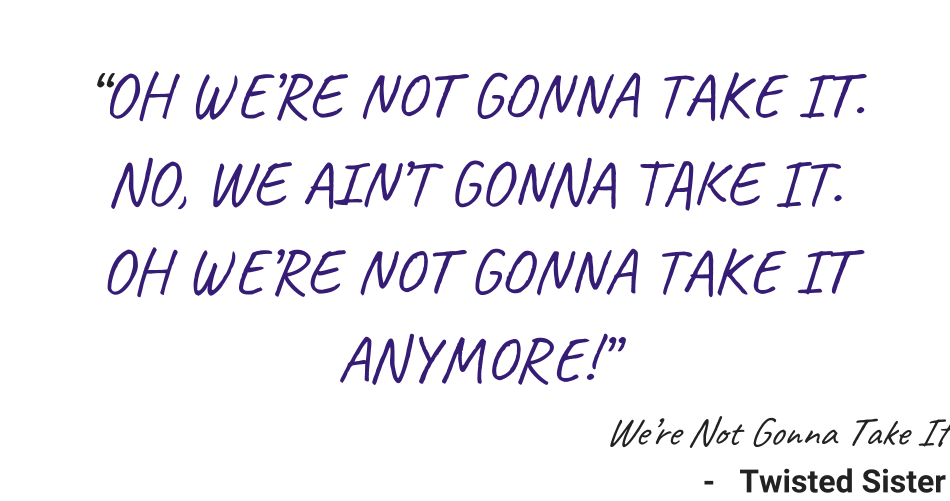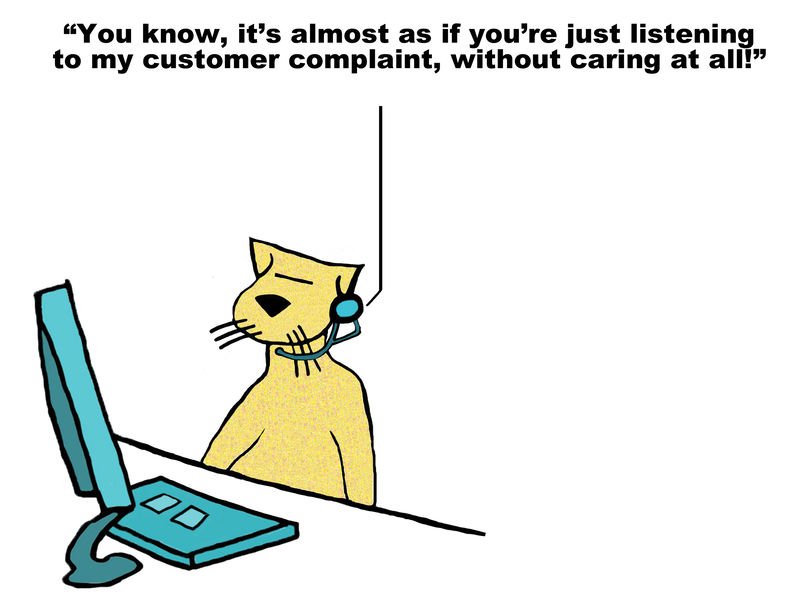Updated October 2022 (originally published July 2019)Twisted Sister could have been singing for call center and contact center workers in this 1980s anthem. Per The Quality Assurance & Training Connection (QATC) 2018 study, turnover in US contact centers alone is “between 30-45% which is more than double the average for all occupations in the U.S.” According to Fonolo’s State of the Contact Center 2021 and 2022 agent attrition worsened. Intense. There are many reasons why there is so much turnover in call centers.
Sick and Tired of Being Sick and Tired
Wellness and work life balance were top factors to employees in 2019 , but not all industries had them in place. Venting systems that are never cleaned result in terrible air quality. In a place where employees spend eight hours or more of their day this can impact their overall well being. The abstract on this study of ‘call center cough’ on the National Library of Medicine site concludes that call center workers are more likely to suffer from coughs.
Add to that shared equipment with no sanitizing wipes, not enough breaks and long night shifts (especially for overseas agents) absenteeism in call centers was the norm, not the exception.
They are literally sick and tired from it.
Fast forward to 2020. Though work from home was the norm, stress and work-life balance issues impacted agent health. Calabrio’s report, Health of the Contact Center 2021: Agent Wellbeing and the Great Resignation, revealed an increase in acute stress for agents compared to their 2017 report.
 This Job is a Pain in the Neck. Literally.
This Job is a Pain in the Neck. Literally.
Ergonomics may not have been a thought in the 1950s, but awareness has evolved. Not all call centers have gotten the memo though. Chairs with limited or no back support, non-adjustable workstations and uncomfortable headsets, contribute to repetitive strain injuries. If you’re in pain you’re not staying to answer customer service queries.
For many suddenly having to work from home, a proper workstation was not possible. It was the kitchen table, a couch or a bed. Not exactly an ergonomic situation. Back pain from poor posture is no joke when doing 8-12 hours day after day in jobs that don’t pay enough to cover a healthy home office set up.
Now We’re Stressed Out
There are many demands on call center workers. They are pressured to complete as many calls as quickly and successfully as possible, while meeting the increased quality demands expected by customers. When a large amount of those calls are complaints it can be draining for the agents. Agents are even yelled at or verbally abused by customers. This activity has worsened. Agents are expected to address company policies and information points in each call too.
Supervisors aren’t off the hook either. They are the ones ultimately responsible for agent performance, or lack thereof. They schedule agents to cover expected volume increases, but if too few are available or onboarded it strains the rest.
Getting new agents trained quickly without sacrificing quality is a tall order. There is a mountain of data they are expected to parse to stay on top of performance metrics and trends. If all of these demands come with little or no reward employees feel it just isn’t worth it to stay which leads into the next point:
I Can’t Get No Satisfaction
Stats show recognition reduces turnover. Per Bersin & Associates 31% less turnover exists where such programs are in place. Focusing on employee experience, or EX, is necessary for companies that wish to attract and retain quality agents.
Working hard is more satisfying if recognition or bonuses are involved that go beyond basic pay. Motivating competitions for highest sales, successful calls or fewest abscences provide a goal with a tangible benefit.
The Great Resignation has hit this industry too, with workers no longer content to be paid poorly to do long, thankless days trying to please irate customers. Agents want flexibility, a supportive culture, and a positive answer to the next question:
Where do we go from here?
Flat career paths are a hard sell. Without a plan in place to elevate quality agents and supervisors in responsibility there’s less reason for the ambitious ones to remain.
It is natural for employees to want to increase their value and the benefit they receive for that value. Metrics that give employees an idea of their performance and where they stand in comparison with their fellow employees help them to aim higher. On-going training to stay relevant to the industry and a clear idea of where the next level is provide incentive. A lack of promotion from within to higher positions in a call center or contact center is an impetus to leave.
Vacation, All I Ever Wanted
There is something to be said for benefits and perks. Even the relatively small investment of snacks in a break room can improve employer-employee relations.
Medical benefits and a week or two of paid vacation are of even greater value and benefit both the agents and the companies they work for. Consider this article by the Harvard Business Review .
Office generated activities are another way of elevating the employee work experience. When agents engage in activities that build trust in each other and their management team, their work and loyalty are elevated.
Though there is significant turnover in call centers there are actionable ways to reduce it and have call center employees singing along with Nina Simone “I’m Feeling Good”.












